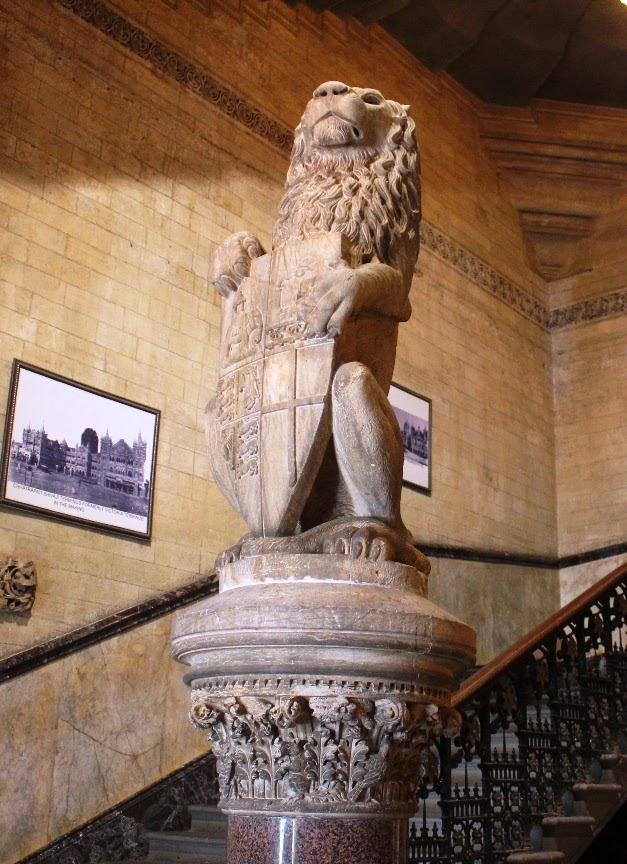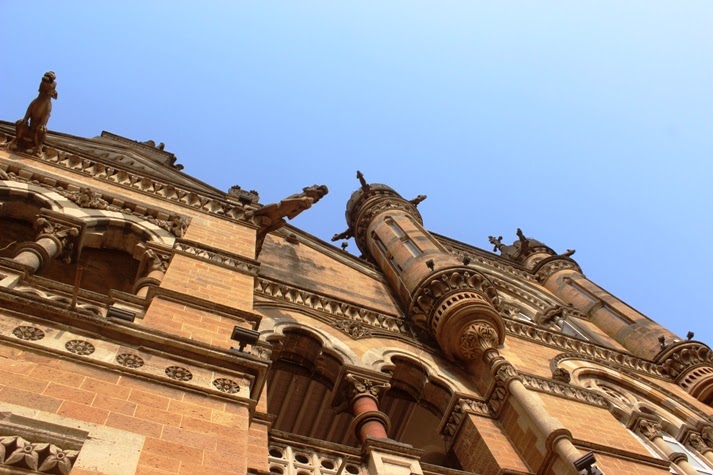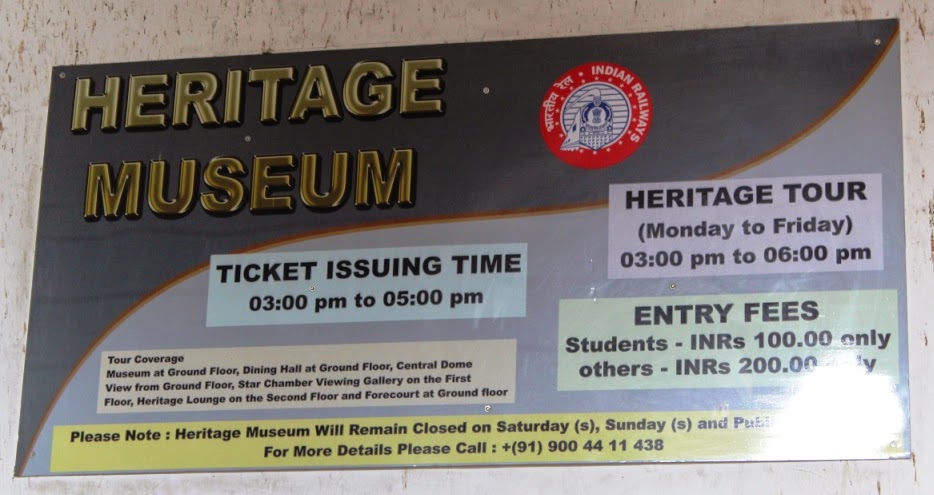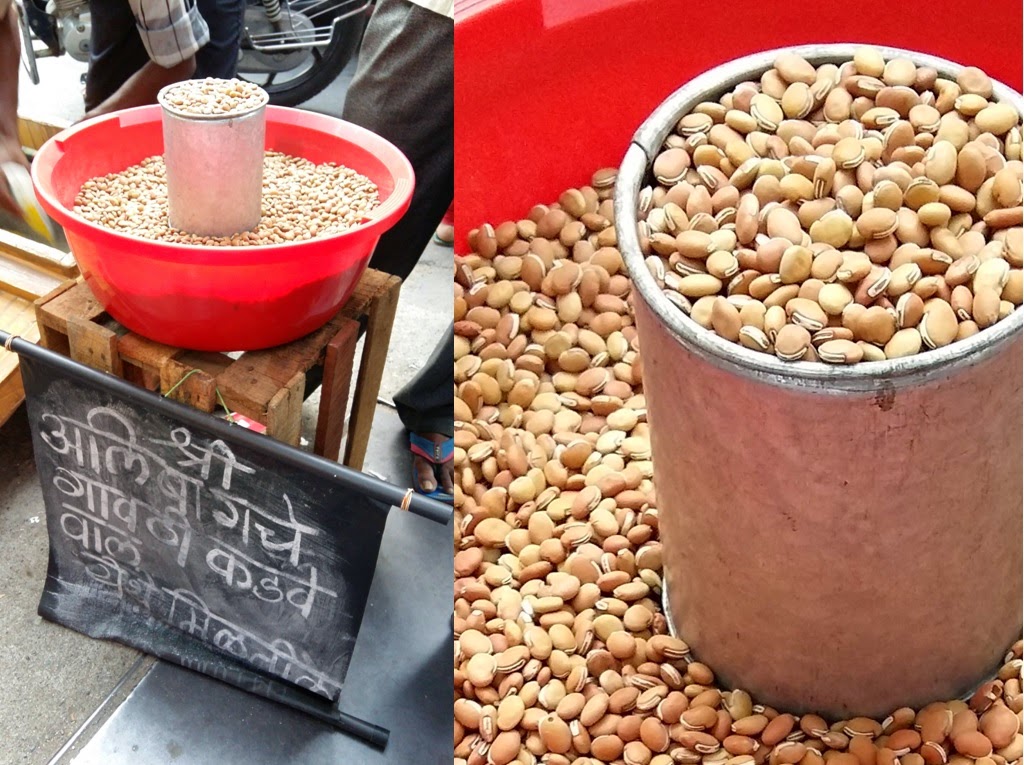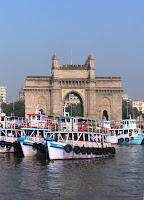- by Deepa KrishnanThe rock art of Elephanta has a sublime beauty that speaks to people of all cultures. To me, it is even more appealing because it follows well-laid out rules for iconography, allowing me to find and exult in the little details.
Today I thought I'd write about Kalyana Sundara, Shiva as the sublimely beautiful bridegroom. This aspect of Siva - so different from his usual appearance as an ascetic - is a major motif in the rock art of Maharashtra, appearing both in Elephanta as well as Ellora.
![]() |
| Wedding of Shiva-Parvati, Elephanta |
Take a look at this larger-then-life panel from Elephanta. Through image size and composition, the sculptor has made it obvious that this is a story about a couple. Equally, it is clear that the male half of this couple - the hero of the sculpture, so to say - is someone very grand. Even if you don't know any legends, you can still easily guess that this is a divine or royal couple, and you feel awe and curiosity about who they are.
This beautiful sculpture has unfortunately been broken by vandals. We are told that Portuguese sailors/soldiers took potshots at the carvings, using them for target practice. If the piece had been unbroken, it would have been obvious that this is actually a wedding in progress - because this is the panigrahana moment, the moment in the wedding where the bridegroom takes the bride's hand in marriage (pani = hand, graha = to take). They stand united as a couple, his right hand holding her right hand.
Here's a photo from the cave at Ellora, showing the panigrahana moment. You can see the depiction more clearly, because Ellora was spared the kind of vandalism seen in Elephanta.
But now - returning to Elephanta - take a closer look at the primary figure, Siva. At Elephanta, Siva is far more beautiful than the depiction at Ellora. See the graceful tilt of the head, the noble countenance, the elaborate head-dress, the sublime curve of the torso. The Divine Bridegroom is depicted as serene and resplendent on his wedding day. Standing next to him is his bride. See the modest downward bend of her graceful neck, the downcast eyes and the curved hips. She is the classical Indian beauty, personified and celebrated in stone. But frankly, he is more beautiful than her. It is in his figure, that all the lyrical energy of this sculpture is concentrated.
![]() |
| Closer look at Shiva-Parvati, Elephanta |
I wanted to read more about the Kalyana Sundara, the beautiful bridegroom. So I looked up Encyclopedia of the Saivism by Swami Parmeshwaranand, for a description of the bridegroom.
The Enclyopedia says that in the Matsya Purana, there is a section describing how all the gods assisted in adorning Siva for his wedding. The sun (Surya), the moon (Chandra) and fire (Agni) became the lights in his three eyes. Kubera the God of Wealth gave him a necklace of great gems (maharatnas), and Varuna the Sea God gave him a garland of unfading flowers. Chamunda, the fierce form of the goddess, gave him a kapalamala, a garland of skulls. Indra the King of Gods gave him an elephant skin to wear, and Vayu the Wind God decorated Siva's bull Nandi.
When Siva was thus beautifully arrayed as Kalyana Sundara, the seven oceans formed a mirror in which he was pleased to see his own splendid form reflected. Can you imagine this? The great god, Siva Maheshwara as Kalyana Sundara, his beauty reflected in all the oceans of the world? What a powerful concept!
Apart from Siva and his bride Parvati, there are many supporting figures in a typical Kalyana Sundara panel. There are several scriptural texts (collectively called the Agamas), which lay down rules for the appearance of Siva, Parvati and these supporting figures.
In a typical Kalyana Sundara scene, there is a four-headed Brahma at the foot of the panel, usually depicted performing the homa (offering to the fire). Brahma is the priest at the wedding. There is Indra, depicted standing behind Brahma. The Brahma and Indra at Elephanta are very damaged. The one at Ellora (the right side of the panel below) gives us a better understanding.
![]()
There are usually two standing figures behind Parvati, representing Vishnu and Lakshmi, who are giving away the bride. Actually I've never quite understood that. Usually that is the job of the parents, and Parvati had fully functioning parents :) But maybe they decided to step aside and let the gods get on with this wedding at a higher level! In the Elephanta Kalyana Sundara panel, Vishnu is just behind Parvati. Next to Parvati is a much smaller, very damaged figure, representing Lakshmi. There is also a third male figure, carrying a kalasha, a pot. That is perhaps Himavan, the father of the bride. Check out his hair-style. It's like a judge's wig!
Now we come to the host of divine and semi-divine creatures that are witnessing the grand wedding event. They are shown flying in the sky, amidst clouds.
The Agama texts suggest that there should be several different types of flying creatures depicted in a Kalyana Sundara scene:
- Vidyadharas - these are groups of supernatural beings, spirits of the air, often described as strewing flowers upon events happening below.
- Yakshas - nature-spirits, caretakers of things hidden under the earth
- Gandharvas - similar to a yaksha, usually male, usually accomplished musicians
- Astadikpalas - the guardians of the 8 directions
- Siddhas - men who have achieved enlightenment, or perhaps just acquired merit or powerful capabilities through sadhana (meditation, penance or prayer)
- Rishis - sages
- Matrikas - the mothers, a group of goddesses
- Other gods and goddesses
Next time, I'll write about some of the other panels at Elephanta. Each one is very interesting. I hope you will take a closer look at the wedding of Shiva and Parvati the next time you go to Elephanta. I'm sure you'll discover small details that delight you.





